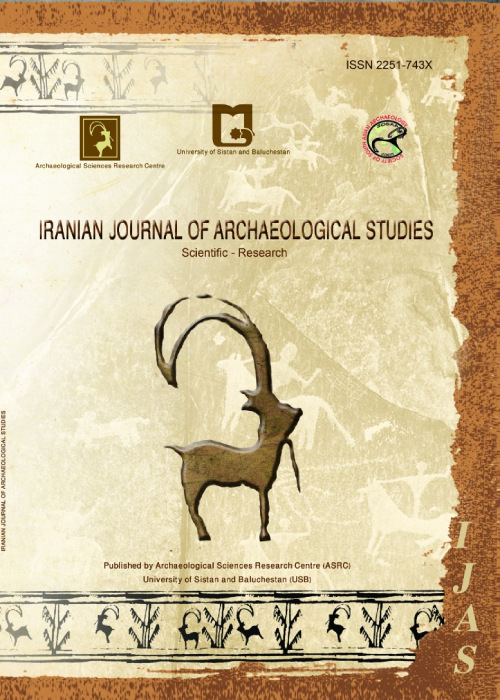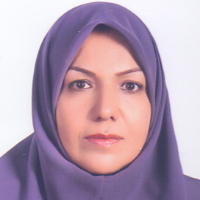A Survey on the Decorative Patterns of Silhouette Pottery and its Comparison with Metal Vessels of the Seljuk
Author(s):
Article Type:
Research/Original Article (دارای رتبه معتبر)
Abstract:
Silhouette Pottery, formed due to the developments of the 12th century, was largely influenced by the slip-painted pottery of the second half of the 10th century and early 11th and also the technique of Sgraffito Pottery. Silhouette pottery motifs mostly include motifs of animal, plant, geometric, human, inscription and imitation of other works of art of the previous period. Some of these motifs were used as the main image on the body, while others were used only to fill the background. The scientific method used in this research is a descriptive-analytical method and data collection has been done through library research process. This survey is an attempt to answer the questions whether it is possible to identified , determine and introduce the range and vastness of the influences and effects of the dominant arts in the previous eras through examining the similarities and differences between the two arts of pottery (shade) and metalwork in the 10th -12th century and also to know if the political and economic power that ruled the society of this period had been able to be effective in creating new ways of embroidering and decorative techniques of these two arts. It is also going to determine what kind of motifs is introduced by the decoration created on the shadow pottery and to identify different kinds of the Shade pottery during the archeological studies and finally the main centers of its production. The purpose of the present survey is to conduct a research and study on the Silhouette pottery in terms of technique, patterns and to compare its patterns with the patterns of the metal works of the same period. Kashan, Rey, Gurgan (Jorjan), Neishabour and Syrjan can be named as the important centers for making Silhouette Pottery. It was also shown in the present survey that there are 8 different types of Silhouette Pottery including cup (beaker), stoup (flagon, ewer, pitcher, jar), bowl, vase, small crock(vat), plate, bottle and drinking cup. The results of the present research also showed that there is a relatively good variety, attractiveness and beauty among the themes of metalworking and pottery, plant and animal motifs. Yet, animal motifs are considered to be more sacred due to the arrival of the new people in the 10th to 12th centuries CE.
Keywords:
Language:
English
Published:
Iranian Journal of Archaeological Studies, Volume:11 Issue: 1, Winter and Spring 2021
Pages:
73 to 89
magiran.com/p2420176
دانلود و مطالعه متن این مقاله با یکی از روشهای زیر امکان پذیر است:
اشتراک شخصی
با عضویت و پرداخت آنلاین حق اشتراک یکساله به مبلغ 1,390,000ريال میتوانید 70 عنوان مطلب دانلود کنید!
اشتراک سازمانی
به کتابخانه دانشگاه یا محل کار خود پیشنهاد کنید تا اشتراک سازمانی این پایگاه را برای دسترسی نامحدود همه کاربران به متن مطالب تهیه نمایند!
توجه!
- حق عضویت دریافتی صرف حمایت از نشریات عضو و نگهداری، تکمیل و توسعه مگیران میشود.
- پرداخت حق اشتراک و دانلود مقالات اجازه بازنشر آن در سایر رسانههای چاپی و دیجیتال را به کاربر نمیدهد.
In order to view content subscription is required
Personal subscription
Subscribe magiran.com for 70 € euros via PayPal and download 70 articles during a year.
Organization subscription
Please contact us to subscribe your university or library for unlimited access!



